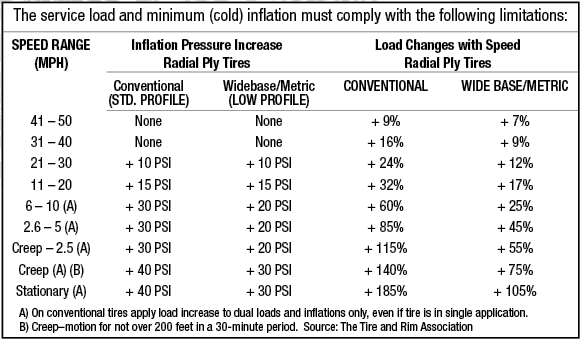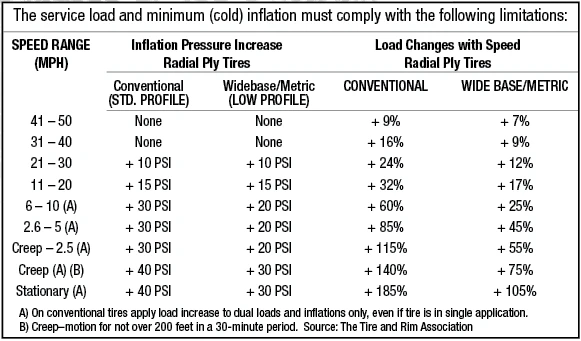Have you ever wondered how much air your tires lose each month without you even noticing? It’s a common concern among car enthusiasts and everyday drivers alike. On average, a tire can lose about 1 to 2 psi per month, impacting both safety and fuel efficiency.
This gradual reduction in tire pressure is often due to temperature changes and the microscopic air leakage through the tire’s rubber. Since the inception of modern pneumatic tires, maintaining proper tire inflation has been a crucial aspect of vehicle maintenance. A regular check and use of quality tire pressure monitors can effectively manage this monthly pressure drop.

How many psi will a tire lose per month?
Tire pressure is crucial for safe driving and vehicle efficiency. Typically, tires lose about 1 to 2 psi per month. This happens due to the natural permeability of the rubber. Even new tires can experience this loss. As air slowly escapes, your tire pressure drops.
Several factors contribute to this monthly pressure loss. Temperature changes play a significant role, especially between seasons. Cold weather can cause tires to lose more psi. When temperatures drop, the air contracts. This contraction reduces the pressure inside the tire.
Another factor is the type of valve used in the tires. Older or damaged valves can leak more air. Regular checks can help identify such issues. It’s advisable to inspect your tire pressure monthly. This practice ensures your tires stay adequately inflated.
Using a reliable tire pressure gauge can make a difference. Quality gauges provide accurate readings. Maintaining the recommended psi improves fuel efficiency. It also enhances the overall driving experience. Keeping an eye on your tire pressure is essential for vehicle safety.
Factors Affecting Tire Pressure Loss
Several factors influence tire pressure loss. Changes in temperature are a major contributor. When the weather cools, tires can lose more air. Every 10-degree Fahrenheit drop can result in a loss of 1 psi. This phenomenon is due to the contraction of air molecules inside the tire.
Another element is tire age and condition. Older tires tend to lose air more rapidly. This is attributed to the natural wear and tear of the rubber. Additionally, damaged tires with punctures or leaks can accelerate pressure loss. Modern tires are designed to slow this process, but they are not immune.
The type of road surface also plays a role in tire pressure loss. Rough or uneven roads can cause more stress on tires. This stress can lead to quicker air depletion. Regular driving on gravel or dirt roads increases the risk of small punctures. Such punctures might go unnoticed and cause gradual air loss.
Vehicle load is another important factor. Heavier loads increase tire strain. This added weight can push more air out of the tires. It is vital to maintain the recommended tire pressure based on your vehicle’s load. Monitoring these factors can help extend your tire’s life and keep you safe on the road.
Impact of Temperature Changes on Tire Pressure
Temperature changes have a significant effect on tire pressure. As the temperature drops, the air inside the tire contracts. This contraction leads to a decrease in pressure. For every 10-degree Fahrenheit drop, tires can lose around 1 psi. This is why it’s common to notice lower tire pressure during colder months.
On the other hand, rising temperatures cause the air inside the tire to expand. This expansion can increase tire pressure. Overinflated tires can be just as dangerous as underinflated ones. High temperatures also make the tire more susceptible to blowouts. It’s crucial to monitor tire pressure regularly, especially during extreme temperature shifts.
Seasonal changes aren’t the only times temperature affects tire pressure. Even day-to-day temperature fluctuations can impact pressure. For instance, parking a car in direct sunlight can raise tire temperature. Higher temperatures can boost pressure temporarily, but this effect is usually short-lived. Regular checks ensure the pressure remains within safe limits.
Maintaining the recommended tire pressure extends tire life and improves vehicle performance. Using a reliable tire pressure gauge is essential. It provides accurate readings, helping to manage pressure changes. Many modern vehicles come equipped with tire pressure monitoring systems (TPMS). These systems alert drivers to significant pressure variations, enhancing road safety.
Role of Tire Material and Quality in Pressure Sustainability
The material and quality of a tire significantly impact its ability to maintain pressure over time. High-quality tires are designed with better materials, reducing the rate of air loss. These materials are more resistant to punctures and wear. Tires made from advanced rubber compounds offer greater durability. Investing in good-quality tires can save money in the long run.
Certain tire brands use multiple layers of rubber and steel belts. These layers help in maintaining tire integrity and pressure. The inner liner of a tire plays a crucial role. It prevents air from escaping and keeps the pressure stable. A strong inner liner made from advanced materials enhances pressure retention.
The manufacturing process also influences tire quality. High-end tires undergo rigorous testing for durability. This testing ensures they withstand various road conditions. Quality control measures during manufacturing prevent defects. As a result, such tires retain pressure more efficiently than cheaper options.
Over time, even the best tires will lose some pressure. Regular maintenance can prolong their lifespan and pressure retention. Checking for cracks, cuts, or punctures is essential. Properly inflated tires wear evenly, improving their lifespan. Rotating tires regularly also enhances their performance and safety.
Choosing the right tire for your vehicle is crucial. Consider factors like driving conditions and load requirements. Quality tires may cost more upfront but offer better value. They enhance safety, fuel efficiency, and driving comfort. Selecting high-quality tires is an investment in your vehicle’s performance.
Additionally, using tire sealants can provide extra protection against leaks. These sealants fill minor cracks and punctures. However, they are not a substitute for quality tires. Regularly inspecting and maintaining your tires helps ensure optimal pressure. This practice promotes safer and more efficient driving.
Practical Tips for Monitoring and Maintaining Optimal Tire Pressure
Maintaining the proper tire pressure is crucial for safety and vehicle performance. One of the most effective ways to monitor tire pressure is by using a reliable tire pressure gauge. Checking tire pressure at least once a month is recommended. This practice helps ensure your tires are always in top condition. It also prevents unexpected pressure drops that could lead to accidents.
Invest in a good quality tire pressure monitoring system (TPMS) if your vehicle doesn’t have one. TPMS devices alert you when tire pressure falls below optimal levels. This early warning system can save you from potential mishaps. Additionally, inspect your tires for visible damage regularly. Look for signs of punctures, cuts, or unusual wear patterns.
Besides regular checks, maintain proper tire pressure by following the manufacturer’s recommendations. These guidelines are usually found in your vehicle’s manual. Adjusting tire pressure according to the load you carry is important. Heavier loads require higher pressure to maintain stability. Always recheck pressures after long journeys to ensure they remain within the safe range.
Seasonal changes can impact tire pressure significantly. As temperatures fluctuate, so does the air pressure inside the tires. In colder months, tires can lose more psi. Conversely, warmer weather can increase pressure. Regular checks during seasonal transitions help keep tire pressure stable.
Incorporate routine tire maintenance into your vehicle care schedule. Rotate your tires every 5,000 to 8,000 miles to ensure even wear. This practice extends the life of your tires and helps them maintain consistent pressure. Proper alignment and balancing further contribute to optimal tire pressure retention.
Using a digital tire pressure gauge can provide more precise readings. Digital gauges are easy to use and offer accurate measurements. Keep one in your vehicle for convenience. Regular monitoring and timely adjustments will keep your tires performing their best, ensuring a safer and smoother ride.
Conclusion
Maintaining optimal tire pressure is essential for both safety and vehicle efficiency. Understanding the factors that affect tire pressure can help you take proactive measures. Regular checks and proper maintenance are key. Investing in quality tires and tools ensures long-term benefits.
A well-inflated tire enhances driving performance and fuel efficiency. It also reduces the risk of tire-related accidents. By monitoring and maintaining tire pressure, you contribute to safer roads. Make it a habit to check your tire pressure regularly.


Leave a Reply